The Hall of Fame Index: What about Tony Oliva?
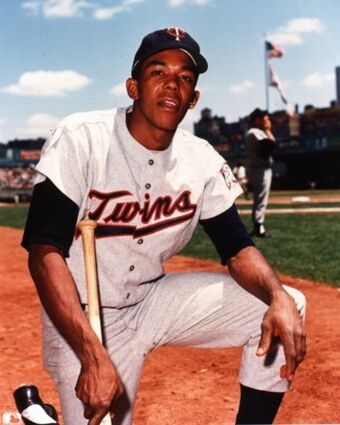
It has been a long time, but we are finally finishing up our series on the ten candidates most likely to be listed on the Veterans Committee ballot this time around. Keep in mind we are looking at the time period between 1950 and 1969. Obviously, there are other candidates in other eras that might be better. Since most of you have slept since the last article, we have profiled eight such players to date. They include Bill Freehan, Gil Hodges, Ken Boyer, Dick Allen, Minnie Minoso, Willie Davis, Jimmy Wynn, and Vada Pinson.
We conclude the series by looking at right fielders Tony Oliva and Rocky Colavito. Oliva in particular is a popular choice amongst fans from that generation. Oliva was one of the best pure hitters of his generation and an underrated fielder as well. The question has always been whether he did it long enough to get the nod. Of course, Colavito has the same concerns.
Career Value
| BWAR | FWAR | WS/5 | Total | |
| Harry Hooper | 53.3 | 52.3 | 64.2 | 169.8 |
| Rusty Staub | 45.8 | 47.9 | 71.6 | 165.3 |
| Kiki Cuyler | 47.0 | 52.9 | 58.4 | 158.3 |
| Rocky Colavito | 44.9 | 49.2 | 54.6 | 148.7 |
| Tony Oliva | 43.1 | 40.7 | 49.0 | 132.8 |
This is just a reminder that the index serves like similarity scores. If we find that a player we are interested in is similar to Hall of Famers then we can surmise that they probably could be. We see two Hall of Famers here, so the beginnings are decent enough. Yet, we encounter two problems immediately. First, Colavito and Oliva appear at the bottom of this grouping. That doesn’t bode well for them from the get go.
The second problem is harder to shake. Are Hooper and Cuyler really Hall of Fame caliber players? I suppose one could make an argument for them, but if you have to make an argument for them then do two players that fall beneath them really belong? The aspect of similarity scores seems tedious, but it is necessary to cut through the emotional attachment that many fans have. When a player is beloved, he must be compared to similar players that are not necessarily beloved. Only then can we determine whether they are truly worthy.
Peak Value
| BWAR | FWAR | WS/5 | Total | Index | |
| Staub | 36.2 | 38.4 | 49.6 | 124.2 | 289.5 |
| Cuyler | 39.2 | 44.5 | 44.0 | 127.7 | 286.0 |
| Hooper | 36.8 | 34.9 | 42.6 | 114.3 | 284.1 |
| Colavito | 42.1 | 45.3 | 47.6 | 135.0 | 283.7 |
| Oliva | 42.8 | 40.4 | 45.2 | 128.4 | 261.2 |
Methodology matters. Jay Jaffe’s JAWS is a very similar formula to the index, but in the case the differences are glaring. He uses a seven-year peak instead of a ten-year peak. That obviously boosts the case of a player like Oliva that had a shorter peak. I would not presume to declare the index to be superior outright. After all, my formula isn’t the one being used by Baseball Reference. I do prefer it for two reasons. The ten-year peak does provide more data points, but the use of FWAR and win shares also provides added context. Win shares include a clutch element to them that neither WAR formula does. So, it can help explain the discrepancies we see across the board.
The 300 win plateau is a benchmark we often use, but it was never meant to be a hard and fast rule. At first glance, none of these guys appear to be worthy of a place in Cooperstown, but sometimes the other numbers/tests we go through reveal something else. Maybe Oliva and Colavito have something to offer that their index scores aren’t revealing.
Offensive Numbers
| OPS+ | Rbaser | OW% | wOBA | |
| Colavito | 132 | -11 | .660 | .373 |
| Oliva | 131 | 6 | .671 | .365 |
| Cuyler | 125 | 24 | .652 | .393 |
| Staub | 124 | -11 | .620 | .353 |
| Hooper | 114 | -8 | .593 | .363 |
These numbers show that the first four guys are all pretty similar offensively. That would make a lot of sense when you consider how close they were in terms of the index. Most of the time, the offensive and fielding numbers tell us why the index came out the way it did instead of telling us anything new. Occasionally though, we find some nuggets. In this case, we find out that Oliva was ever bit as good as those other guys, but injuries prevented him from accruing the same value.
We also see that Hooper accrued his value in another way. He was not as good offensively, so he either earned his value through longevity or through fielding. This may seem like splitting hairs, but many historians are fond of saying that it isn’t the Hall of Statistics. How someone earns their value matters and if he did it simply through longevity then his spot in Cooperstown could be fraudulent.
Fielding Numbers
| Rfield | DWAR | TZOF | DWS/5 | |
| Hooper | 77 | -4.4 | 77 | 10.6 |
| Colavito | 59 | -4.6 | 60 | 7.4 |
| Oliva | 56 | -4.4 | 56 | 5.4 |
| Cuyler | 14 | -5.6 | 14 | 9.5 |
| Staub | -56 | -21.0 | -51 | 7.1 |
I find reputations to be fascinating. Oliva is the darling of a lot of baseball fans because he won batting titles and was constantly in the hunt for a batting title when he didn’t win. Great. The problem is that batting average isn’t the end all be all of human existence. I’ve seen Facebook posts highlighting the days when they just showed us batting average, home runs, and RBI. We didn’t need to know more back then.
Except, we do need to know more. We understand so much more about how players accrue value. Oliva and Colavito are similar offensive and defensively. Colavito did it for a little longer and was generally healthier along the way. Yet, it is Oliva that gets most of the publicity. It hardly seems fair.
Playoff Numbers
| PA | SLASH | HR | Runs | RBI | |
| Hooper | 108 | .293/.375/.435 | 2 | 13 | 6 |
| Cuyler | 70 | .281/.313/.484 | 2 | 9 | 12 |
| Oliva | 53 | .314/.340/.588 | 3 | 7 | 5 |
| Staub | 46 | .341/.413/.683 | 4 | 5 | 11 |
| Colavito | — | —/—/— | — | — | — |
Playoff performance isn’t officially a part of the index and it is an area I didn’t cover in the book for position players. So, determining it’s usefulness is a bit slippery. Colavito obviously adds no value here. Is that his fault? I suppose some could claim if he were better then maybe his teams would be better. If he were better this likely wouldn’t be a discussion anyway. Compare that with Oliva who obviously fared better in a couple of playoff series. Is that enough to throw him over the top?
The same debate will come up for Staub when his era is finally back on the ballot. There is no doubt that playoff success should add something to a player’s resume, but how much should it add? That’s obviously up to the individual voter and certainly can serve as a tiebreaker either way. I’m just not so sure either really exists in that zone.
BWAR MVP Points
| Top 10 | Top 5 | MVP | Points | |
| Oliva | 0 | 4 | 0 | 20 |
| Colavito | 1 | 3 | 0 | 18 |
| Cuyler | 4 | 1 | 0 | 17 |
| Hooper | 2 | 1 | 0 | 11 |
| Staub | 3 | 0 | 0 | 9 |
The MVP points demonstrate some of the difference between the seven and ten year peaks. Oliva was really good when he was healthy. He just had fewer seasons where that happened. The MVP points reveal that to a certain degree, but it also is fair to point out that Colavito is really close. Cuyler was as well.
Hooper and Staub accrued their value through longevity and that is shown here. Neither was ever a serious threat to win the MVP award in their league. Hooper has already gotten in, but such evidence is a major detractor for Staub. We want dominance even more than we want impressive counting numbers. Staub has the numbers, but not the dominance. You could argue that Oliva and Colavito have the dominance and not the counting numbers.


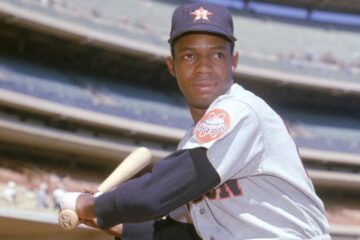
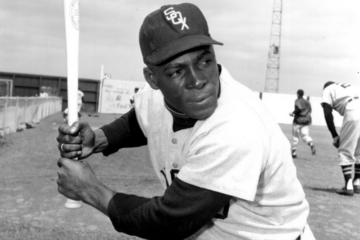
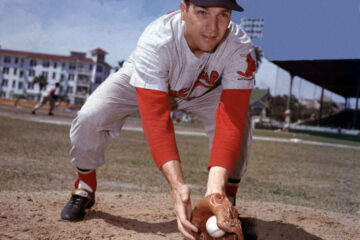
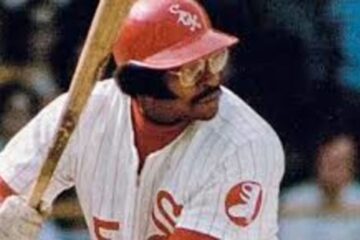
3 Comments
You should’ve did one of my Father Vada Pinson by himself to be fair instead of mentioning him in someone else’s article.
Thank you for commenting. I profiled your father in a previous article along with Jimmy Wynn and Willie Davis.
Oliva could hit anyone. Hit the ball harder than anyone. If not for crippling injuries, he would’ve been a 3000 hits, 400 HRS guy. He deserves his HOF induction. On top of that, he’s been a great ambassador of the game, the nicest guy.